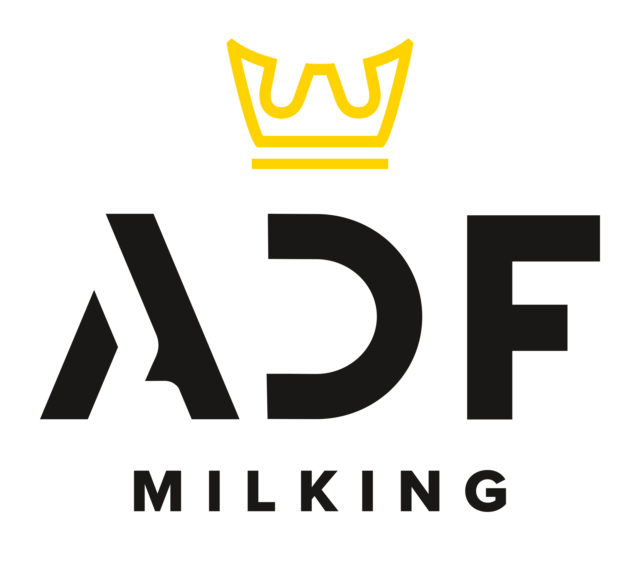The farm is a great place to raise kids, but it is also dangerous. About one-third of all farm incidents involve children, and every three days a child in the U.S. dies in a farm-related incident. Prevent your child from becoming a statistic by being proactive about practicing safety on the farm.
Warn children about on-farm hazards
Many of the everyday hazards on the farm are not always obvious to kids. A hazard is a potential source of harm or danger (i.e., an icy sidewalk), and risk is a situation involving exposure to a hazard (i.e., walking across an icy sidewalk). Talk to children about what makes certain areas of the farm dangerous, and what the risks are. Ask them what they think they can do to keep themselves safe.
Examples of hazards on the farm include machinery, livestock, grain bins, silos and chemicals. Considering the risks of certain farming activities can help us find jobs on the farm that are safe for kids.
Give children age-appropriate tasks
Kids tend to be very eager helpers on the farm. Although they may want to help with everything, consider the age-appropriateness of certain tasks and the risks involved. Some tasks like feeding livestock, cleaning out pens and operating machinery will not be appropriate for every child. Think about age, development and body size when considering which tasks to assign. A great resource for determining age appropriateness is the Agricultural Youth Work Guidelines from the National Children’s Center for Rural and Agricultural Health and Safety.
Talk with your kids about the types of jobs they want to do and the types of jobs they think they’re ready to do. Before letting a child work independently, be sure they are properly trained in the task and spend some time observing them to see if any changes or adaptations need to be made or if the child may not be ready for that task yet. Never force a child to do a task they are not comfortable with or that they are not ready to do on their own. Take the time to fully instruct children on a task, its hazards and what to do if they need help. The investment of time now will make taking on new tasks easier in the future.
Supervise children on the farm
Lastly, supervision is critical to keeping kids safe on the farm, whether they are working or not. Over half of child injuries on farms happen to children who are not working but are simply in the vicinity of dangerous activities. For younger children, consider how to set up safe play areas outside using snow fence or another highly visible material. Post signage around the farm and at driveways to alert visitors to watch for children.
During high-traffic times like planting and harvest, put children in safety vests and keep them in an area safely away from the action. When children are helping you with a job or task, be sure to model safe practices and explain why you are doing things that way.
Make safety a part of your farm’s culture, and your children will follow your example. Keeping a watchful eye on any kids around the farm is crucial in ensuring their safety.












